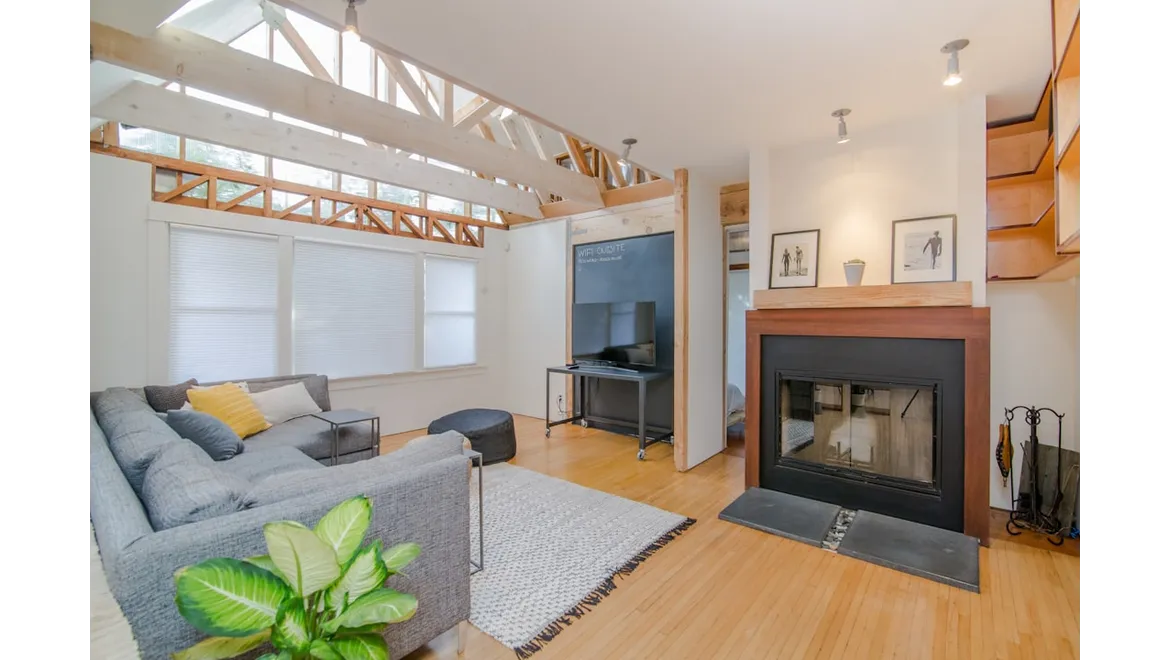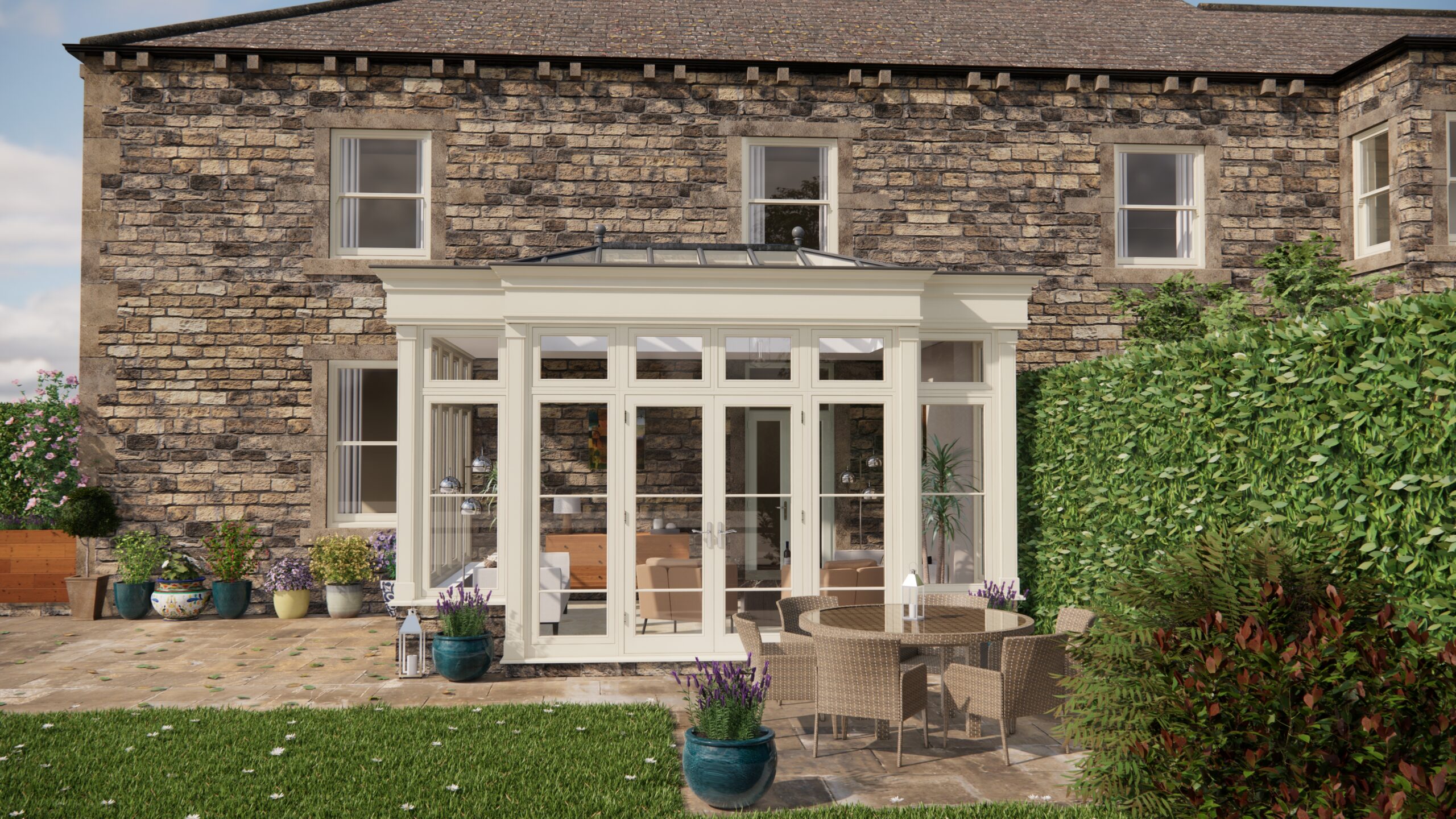Right, let’s talk ergonomics at home. It’s been quite the journey for me, figuring out how to create a space that works for everyone, from my energetic grandkids to my parents who value their comfort above all else. And honestly, my back was screaming at me to do something about my own workspace too! I wanted to share some of my experiences and what I’ve learned, hopefully helping you create your own ergonomic haven. This focuses specifically on workspace comfort and injury prevention, thinking practically about how to adapt spaces.
First off, we needed to face the music; most standard furniture isn’t designed with a range of ages and abilities in mind. That’s where a bit of creative thinking comes in. For the kids, it’s all about adjustable desks and chairs. Think about it – their growth spurts are legendary! Investing in furniture that can literally ‘grow’ with them is a massive money-saver in the long run. I sourced a couple of desks that have hand-crank height adjustment. They’re sturdy and easy for them to use themselves, promoting good posture early on.
Now, for the adults (myself included!), it’s a deeper dive. It’s not just about height; it’s about posture, support, and preventing those niggling aches and pains. Key is analysing your current setup. What are you working with right now? Is your screen at eye level? Is your chair supporting your lower back? If not, it’s time for a change! Consider a monitor arm to get your screen positioned perfectly and a good quality ergonomic chair. Don’t scrimp on the chair! It’s an investment in your well-being. Look for adjustable lumbar support, armrests, and seat depth. Trust me, your back will thank you. A keyboard with good key travel will help you be comfortable and productive, alongside a good mouse with an ergonomic design. Consider keyboard and mouse pads to add a layer of comfort.
My parents have quite different needs, of course. Their focus is on comfort and accessibility. They don’t use a traditional ‘workspace’ as such, but they do spend a lot of time reading and crafting. So, we focused on supportive seating in their favourite spots. Think armchairs with good back support and adjustable reading lamps. We also made sure their crafting table was at a comfortable height, minimising the need to lean or strain.
One thing I’ve learned throughout this process is the importance of movement. Ergonomics isn’t just about the right equipment; it’s about incorporating regular breaks and stretches into your day. Set a timer to remind you to get up and move every 30 minutes. A quick walk around the room, a few stretches – anything to break up the monotony and prevent stiffness. For my parents, this meant encouraging them to take short walks around the garden and incorporating gentle stretching exercises into their daily routine. For the kids, we made it fun with dance breaks and active games.
Now, let’s think about the bigger picture. How does this all tie into the concept of a multi-generational home? Well, it’s about creating a space where everyone feels comfortable, supported, and able to thrive. It’s about adapting to individual needs and preferences, whilst also promoting a sense of togetherness and shared well-being. For example, the layout of your home can affect your ergonomics. How far is the computer from the printer? Can you position things so you get natural light on the computer screen? Consider adding plants to your office space to make it feel less clinical and more comfortable, increasing productivity and well-being.
And finally, remember that creating an ergonomic home is an ongoing process, not a one-off project. It’s about constantly evaluating your setup, listening to your body, and making adjustments as needed. Don’t be afraid to experiment and find what works best for you and your family. We added yoga and relaxation into our daily routines, which really helped to reduce stress.
In essence, the journey to an ergonomic home is one of adaptation, observation, and a healthy dose of experimentation. It’s about catering to the diverse needs of each generation under your roof, ensuring everyone has a space where they can work, relax, and thrive. It’s a commitment to comfort, well-being, and a home that truly feels like it belongs to everyone.


